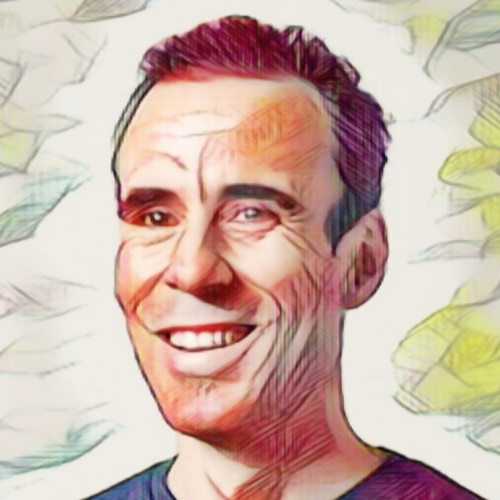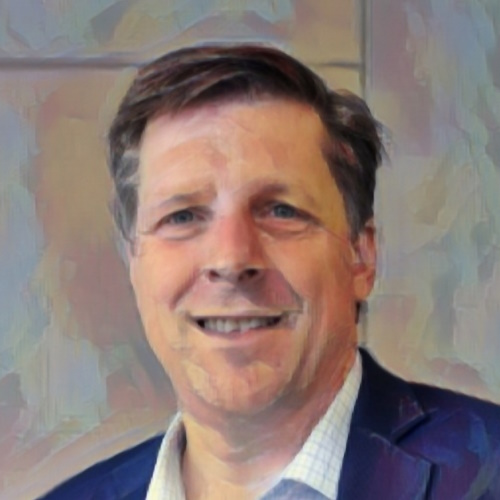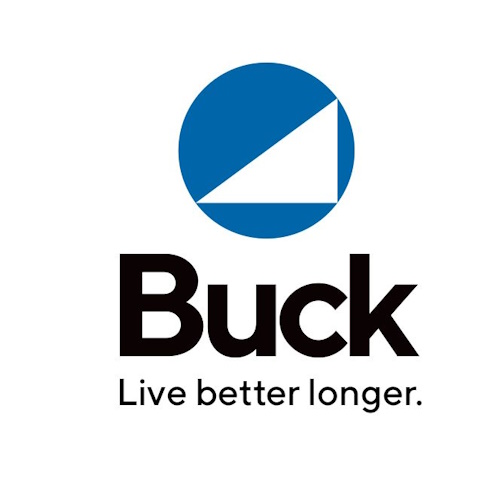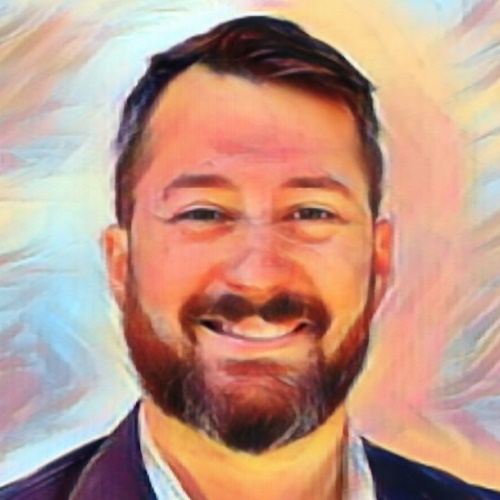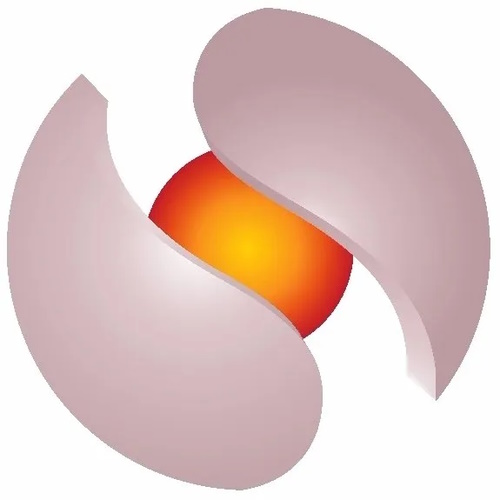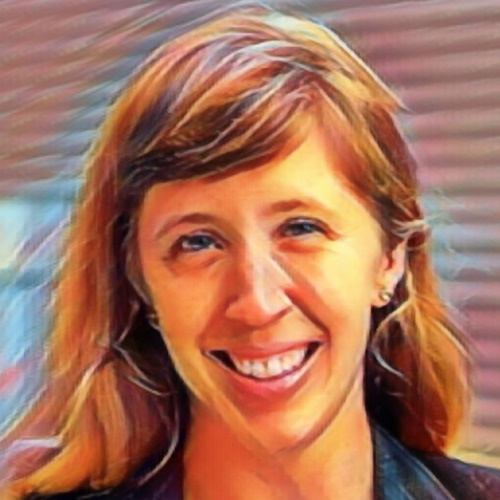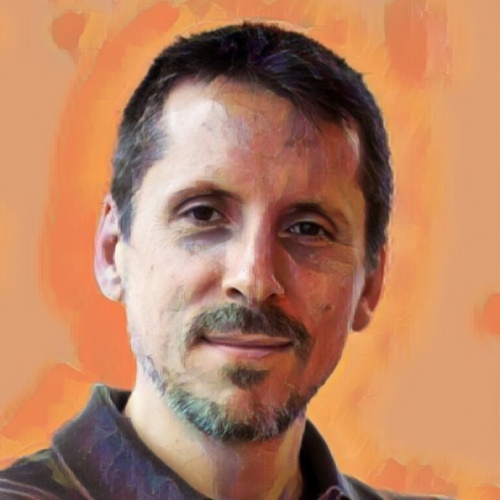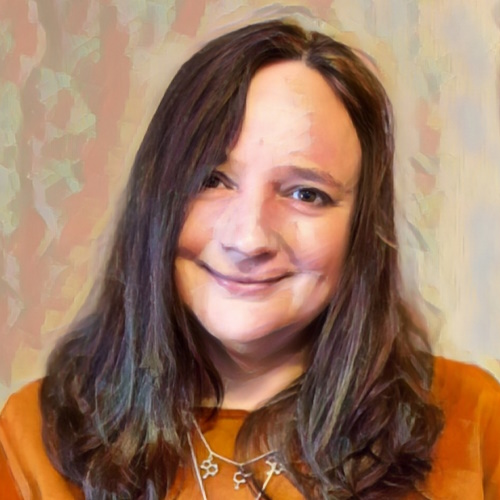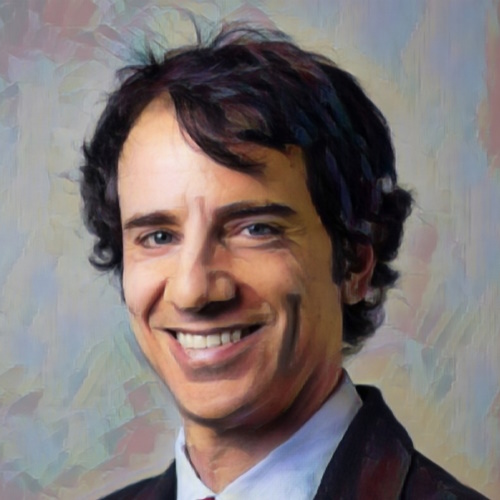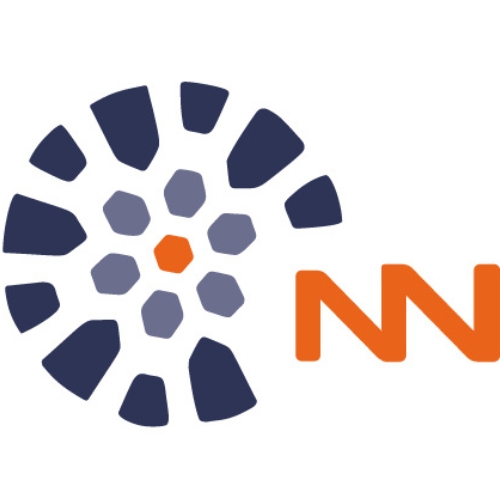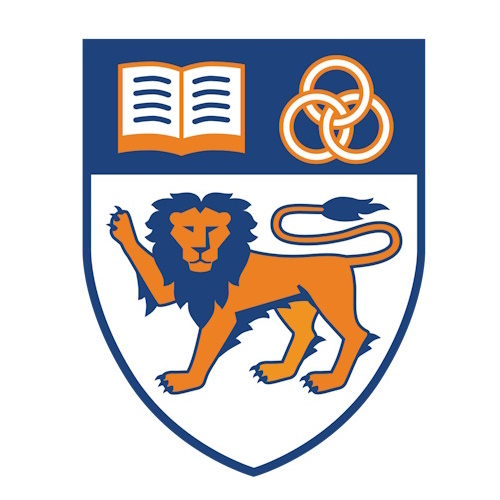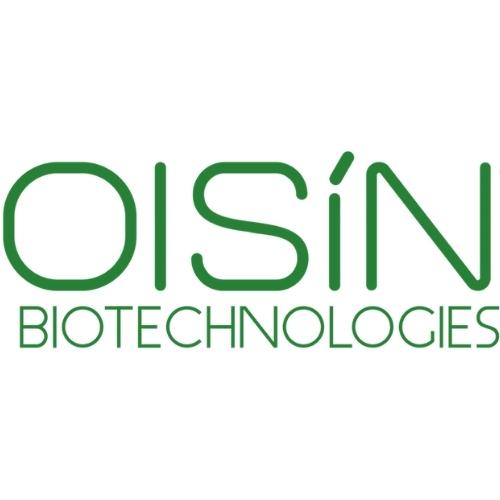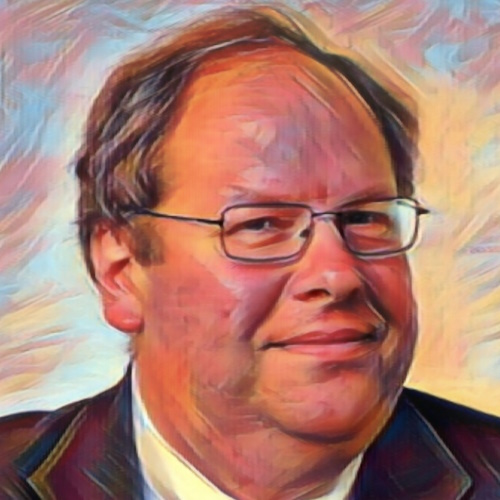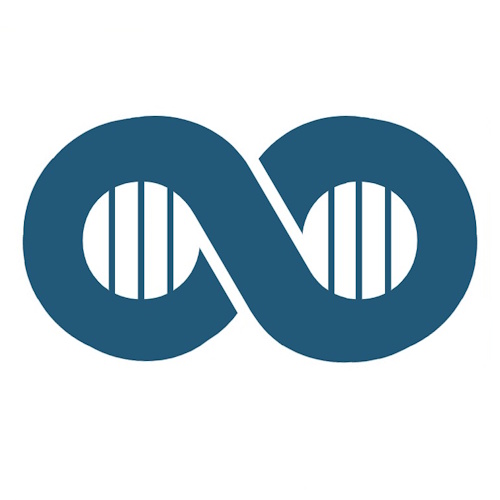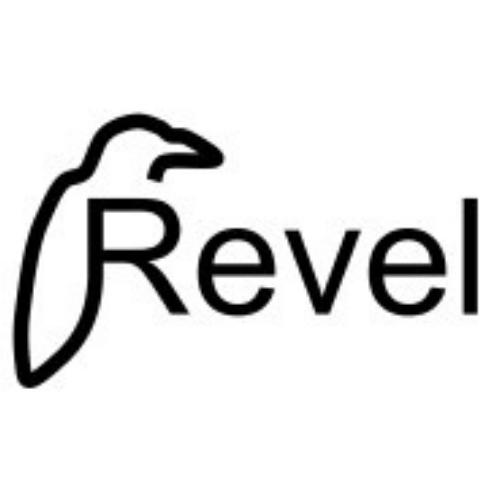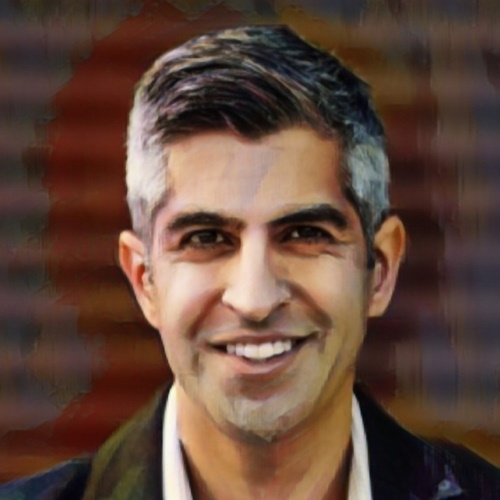Key points from article :
Reason attended the Berlin summit and summarised the talks the he watched - summarised even further in the bullet points below.
He noted that although investors are tending to stay home this year, there was a fair sized crowd here. Though, everyone is in their own group of one when it comes to what the next steps should be.
Otto Kanzler, Rockfish Bio - company's development program is derived from the realization that senescent cells have increased phospholipase A2 (PLA2) activity. Treatment of mice with their small molecule has produced an extension of life.
Marco Quarta, Rubedo Life Sciences - recently raised significant funding for their first clinical program, focused on skin condition such as atopic dermatitis and psoriasis. Expects to start clinical trials in 2025.
Alexander Schueller, cellvie - aims at kidney transplantation as first ischemia-reperfusion (IR) injury situation. Working towards the development of good manufacturing practice (GMP) protocols for manufacture of harvested mitochondria. Conducted proof of concept research into using mitochondria as a vector for gene therapy.
Greg Fahy, Intervene Immune - gave an update on their work on the reversal of thymic involution. Extended TRIIM-XA trial (26 participants) is now complete and results are being analyzed.
Eric Verdin, Buck Institute for Research on Aging - researchers have discovered considerable complexity over the course of aging in the changing populations of immune cells of various types and behaviors. Data demonstrates a correlation between lipofuscin burden, age, and other markers of senescence status in T cells.
Lou Hawthorne, NaNotics - Nanot binding represents an improvement over antibody approaches, both in specificity and in controlling the degree of depletion. nflammatory autoimmune conditions and cancers are the initial indications. Now working on a polymer core nanot that will be able to last for a long time in circulation.
Dobri Kiprov, Circulate - quality of the albumin to likely be an important factor in the effects of parabiosis. Recent clinical trial of therapeutic plasma exchange (40 patients) saw some improvement in physical and mental biomarkers as well as SASP) proteins in circulation.
Alejandro Ocampo, Epiterna - concerned that viable anti-aging therapies may fail in single target disease. Low-cost screening platform can run ~3000 molecules in yeast and narrow down to a final 20 in mice in one year. Planning trials in companion dogs.
Lorna Harries, SENISCA - developing oligonucleotides that can suppress detrimental alternative splicing of RNA characteristic of aging and cellular senescence. Has developed their own assays for senescent cell burden in tissues and cell cultures.
Phil Newman, Longevity.Technology - discussed the demographic aging trend as a motivation to work on the treatment of aging as a medical condition.
Lukas Langenegger, Hemotune - developed a dialysis-like machine to remove specific molecules in blood. Uses engineered magnetic nanoparticles decorated with antibodies or other binders. Initially targeting sepsis-induced immunosuppression. Has a proof of concept for the removal of anti-AAV antibodies to enable AAV-based gene therapy to work in patients with existing antibodies.
Robin Mansukhani, Deciduous Therapeutics - their senolytic immunotherapy is a small molecule treatment that produces a lasting alteration in the behavior of invariant natural killer T cells (iNKT cells). Data shows a sizable reduction in fibrosis in mouse models of idiopathic pulmonary fibrosis.
Matthew O'Connor, Cyclarity - has shown in vitro that their cyclodrextrin drug can restore function in macrophages induced by 7-ketocholesterol to become foam cells. First GMP batch is produced, and a phase 1 trial in healthy volunteers and a smaller number of patients with plaque starts this year.
Reason, Repair Biotechnologies - 5-6 arterial plaques identified by imaging indicates a five-fold increase in risk of CVD. Their LNP-mRNA gene therapy can produce a 17% reduction in aortic plaque volume after six weeks of treatment in the LDLR knockout mouse model of accelerated atherosclerosis. Planning a series A round to fund first clinical trial in 2026.
Brian Kennedy, National University of Singapore (NUS) - combination of any two supplements or small molecules that are modestly good on their own can produce any sort of result, bad or good, often bad. Has produced a metabolomic aging clock, and demonstrated that AKG levels in circulation decline with age.
Alexander Leutner, Cellbricks - has developed a light-based bioprinting process for tissue engineering. Vascularized blocks of tissue are functional and stable over time. Presently conducting tests in animal models.
Matthew Scholz, Oisin Biotechnologies - uses Entos Pharmaceuticals fusogenic LNPs to deliver genetic medicine. First indications are sarcopenia and frailty. Has demonstrated upregulation of follistatin to produce muscle growth in mice. Presently raising an A round led by Abbvie Ventures.
Jean Hebert, BE Therapeutics - trying to develop a way to regrow brain tissue based on the recreation of developmental processes. Can now assemble an architecturally correct, vascularized neocortex organoid prototype from iPSCs. In the early preclinical stage.
Janine Sengstack, Junevity - uses siRNA to downregulate specific transcription factor expression to alter cell behavior into more youthful phenotypes. Demonstrated proof of principle in vitro for liver cells. Also improved collagen production in skin.
Jürgen Reeß, Mogling Bio - patented CDC42 inhibitors based on CASIN can slow tumor growth in mouse models. Combined with a PD1 inhibitor, tumors shrink and vanish. Working towards IND-enabling studies for cancer in 2025.
Aaron Cravens, Revel Pharmaceuticals - develops a platform to discover enzymes that can break down specific advanced glycation end-products (AGEs). Initial focus on free circulating form carboxymethylysine (CML).
Aaron Friedman, Reservoir Neuroscience - loss of vascular health is the largest factor contributing to Alzheimer's. Has developed drug discovery platform using organ-on-a-chip screening in blood vessel organoids to target this. In the early stages of lead optimization for one candidate inhibitor of the prostaglandin E2 receptor 2 (EP2).
Chris Bradley, MatterBio - has developed a novel approach to next generation sequencing in order to see single cell mutations. Also engineered bacteria destroy mutated cells - heading into to the clinic as a treatment for cancer.
Nikolina Lauc, GlycanAge - glycan changes can indicate chronic disease up to a decade in advance. GlycanAge shows that metformin has no effect on aging.
Sophie Chabloz, AVEA - developing a collegen precursor for skin aging.
